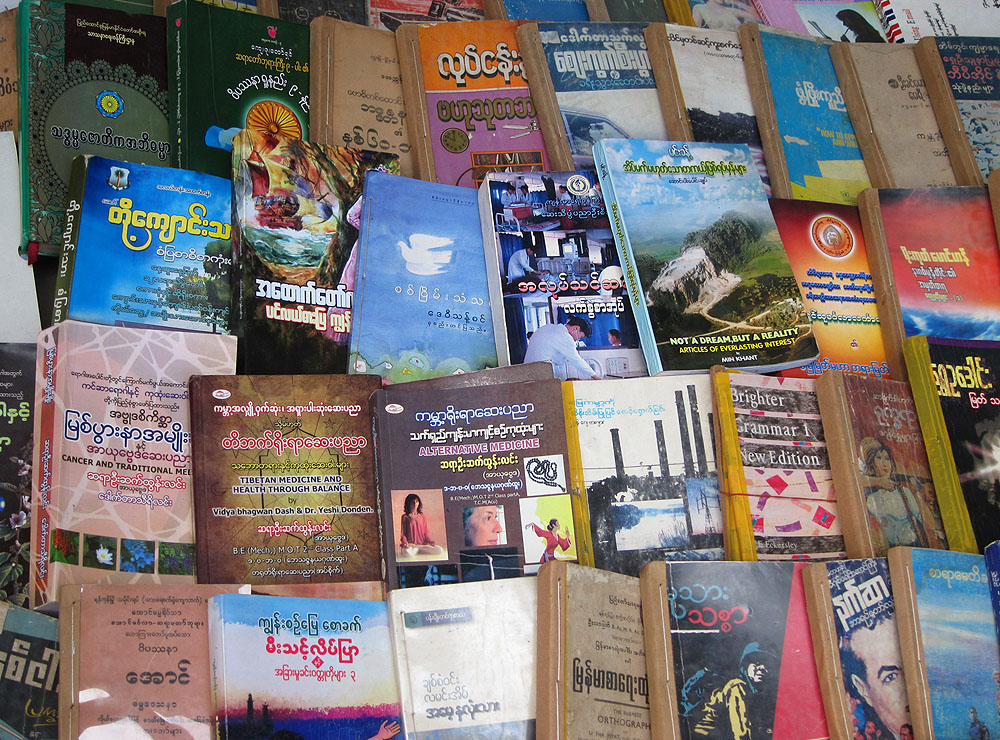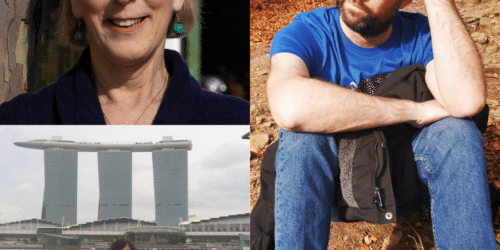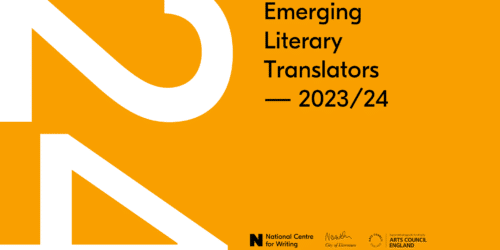
Kate Griffin, WCN Associate Programme Director, reports back from Link the Wor(l)ds in Myanmar, and discusses the issues faced by Burmese writers, translators and publishers.
 PEN Myanmar and the Select Centre in Singapore. A truly international collaboration, other partners and funders included the British Centre for Literary Translation , PEN International , the British Council and the National Arts Council of Singapore.
PEN Myanmar and the Select Centre in Singapore. A truly international collaboration, other partners and funders included the British Centre for Literary Translation , PEN International , the British Council and the National Arts Council of Singapore.
Myanmar has only recently emerged from a long period of isolation. Throughout the week, we explored ways to revive the flow of contemporary writing and ideas between Myanmar and other countries, particularly in South East Asia.
Literary exchange in Burma – now Myanmar – flourished in the years after the declaration of independence in 1948. The Burma Translation Society was established in Rangoon in 1947, and high quality translations of the best literature from other countries became available to readers and writers in Burma. Despite the opening up of the country three or so years ago, in today’s Myanmar many of the translations available in bookshops still date from this period. Censorship has meant that since the 1960s, little world literature – other than Soviet literature – has been translated into Burmese. Since the 1990s, translators have been making an effort to change the situation, but in Myanmar, translation tends to be a labour of love, with little or no financial remuneration. Although there is a need to nurture a new generation of literary translators, there is no systematic support in the form of workshops, or skills development in schools and colleges.
This means that Burmese readers have difficulty gaining access to more contemporary writing and ideas from around the world, and Burmese writers find themselves isolated from their international counterparts. At the same time, little contemporary Burmese writing is translated into other languages as there is a shortage of experienced literary translators who can translate out of the languages of Myanmar. We hoped that Link the Worlds would be a first step towards changing this.
PEN Myanmar
 Suzanne Joinson and Singaporean author Alfian Sa’at into Burmese. The English to Burmese group translated work by Myanmar writers Nay Myo and Min Khite Soe San into English, under the guidance of Alfred Birnbaum.
Suzanne Joinson and Singaporean author Alfian Sa’at into Burmese. The English to Burmese group translated work by Myanmar writers Nay Myo and Min Khite Soe San into English, under the guidance of Alfred Birnbaum.








